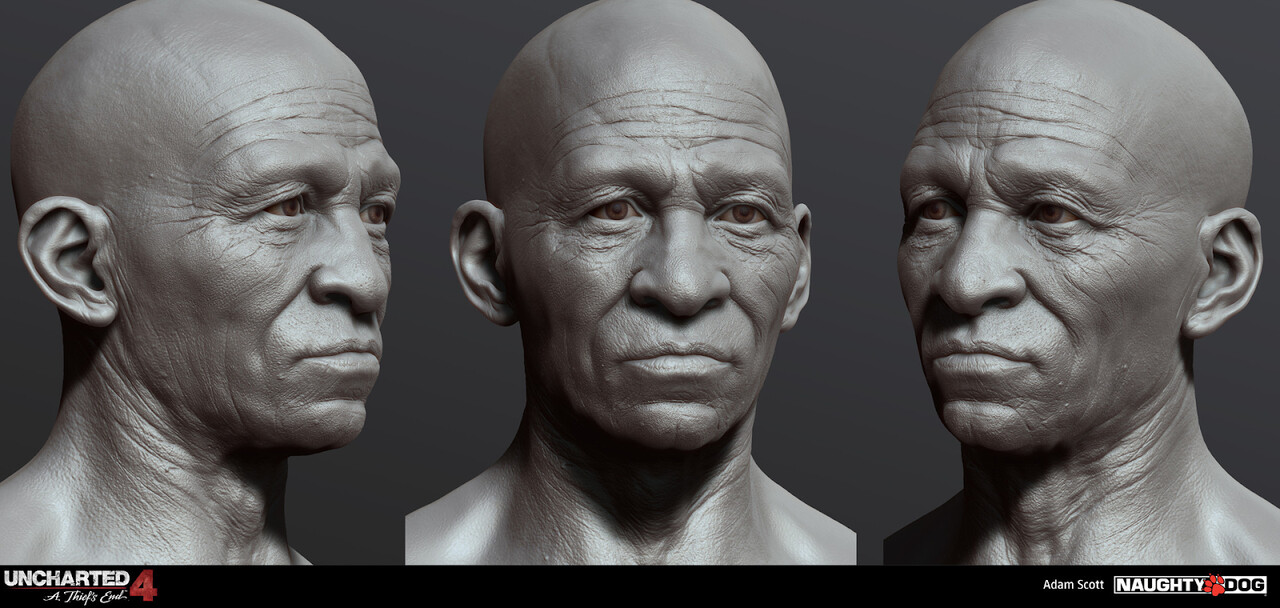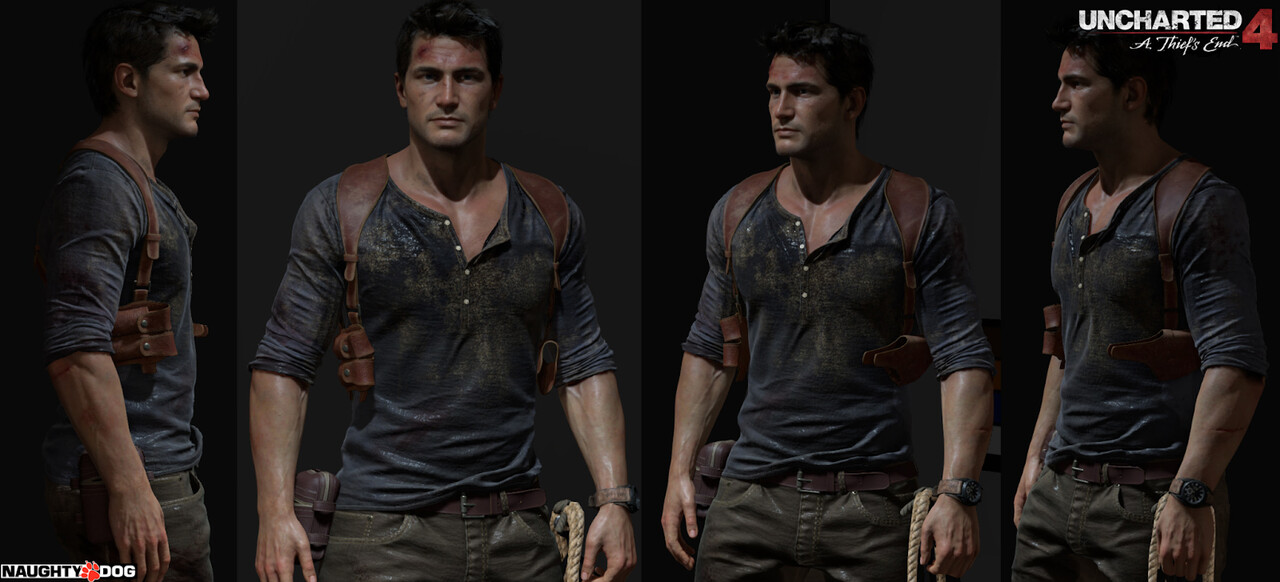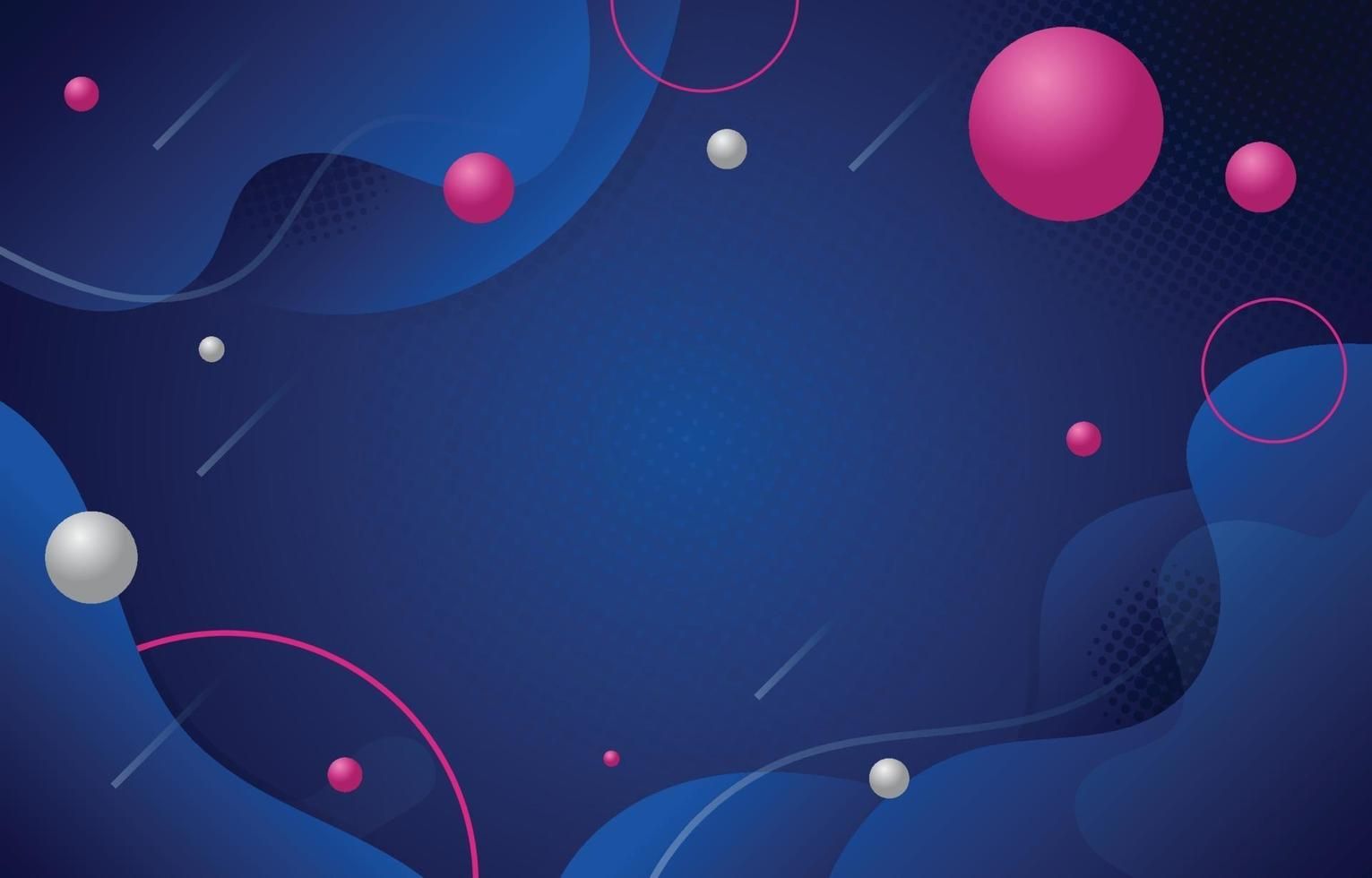IMPORTANT DETAILS TO PAY ATTENTION TO WHEN CREATING A 3D CHARACTER
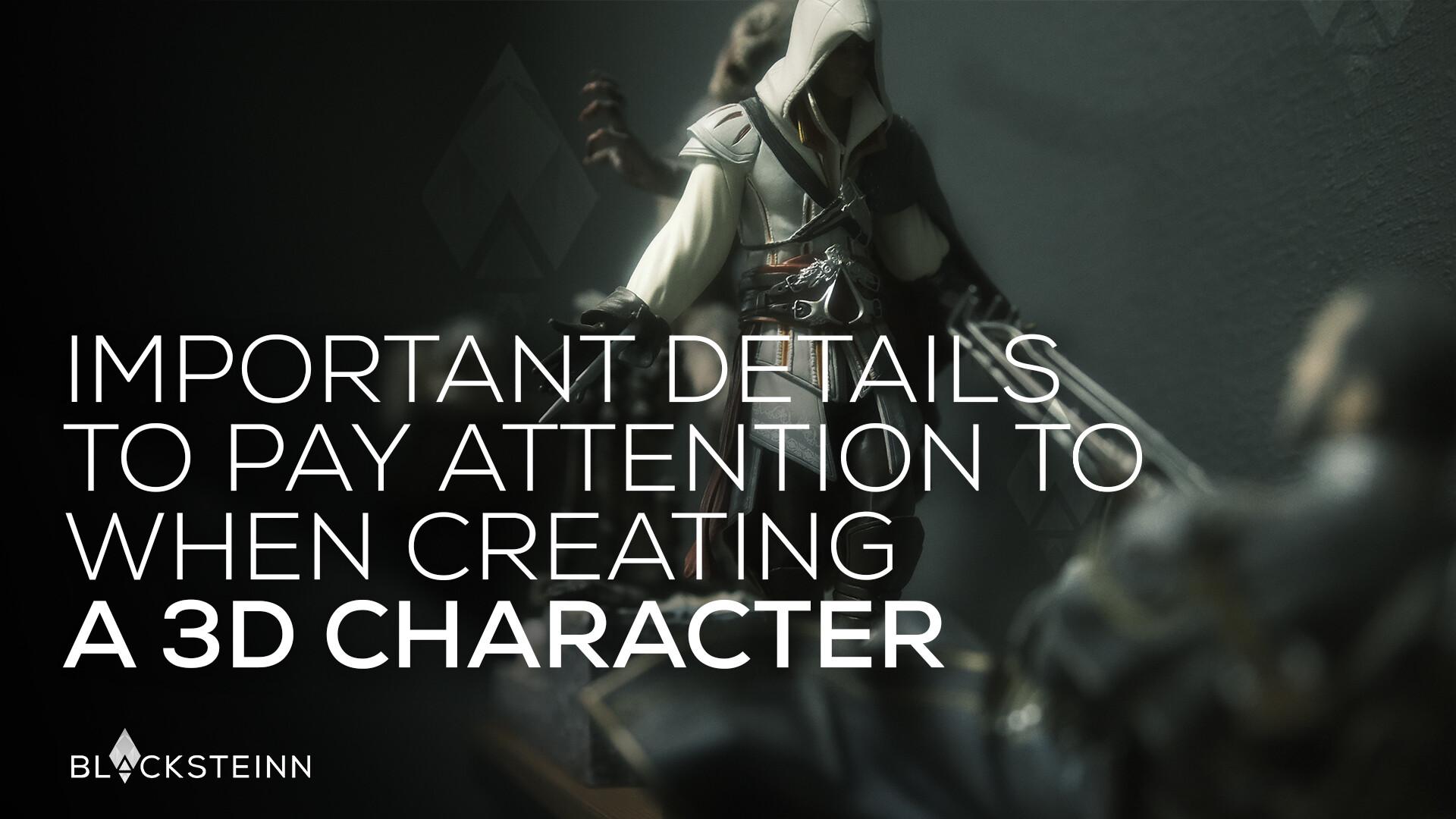
We have gathered for you a short, but at the same time quite comprehensive selection with an emphasis on non-obvious details of anatomy and not only. Working through these nuances will allow you to create as realistic 3D characters as possible :) Of course, it all depends on how you apply this knowledge. Our task is to orient you in the subject, and then it's up to you ;)
Osteology. There are a lot of complex shapes in human anatomy. And this is especially true for bones. There are more than two hundred of them in our body and some of them are not always visible to the naked eye, but they play an important role in, for example, the formation of facial lines. One of these bones is the cheekbones, which form the upper shape of the face, giving our face structure and sharpness. The cheekbones consist of two bones: the zygomatic bone and the upper jaw. Their main function is to hold the eye in place. The location of the cheekbones, their shape and the fact that they have a characteristic bulge on the outside of the bone determine whether the face appears wider and round or narrower and elongated.
Muscles. According to different calculations, there are 3-4 times more muscles in our body than bones :) Accordingly, the number of important nuances can be multiplied by about the same number. So, only on the face there are separate muscles of laughter, muscles that wrinkle the eyebrows, muscles that raise the upper lip and the wing of the nose, and so on. Their location affects where wrinkles appear and how the face changes over the years as gravitational ptosis (lowering of facial and body tissues) sets in. All this is important to consider when creating a character, because such details can talk about age, temperament, even reveal the history of the hero. For example, over time because of active lip mimicry: chewing gum, drinking through a tube, playing a wind instrument, and even smoking - wrinkles can form around the mouth from frequent muscle tension.
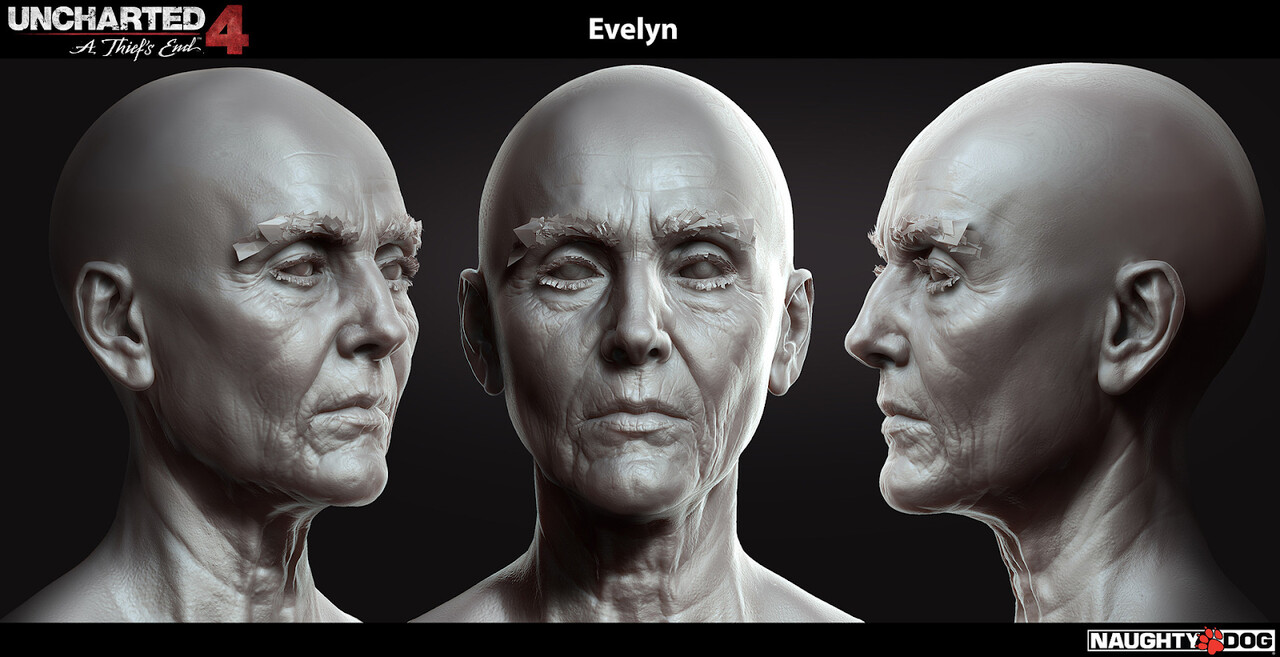
Also as we age, muscles weaken, fat decreases and soft tissues become saggy. Wrinkles around the eyes and drooping of the corner of the eye are good examples.
Hair. Many people are puzzled about how to create realistic hair. But often this puzzlement is more about the tip of the iceberg: for example, how to make realistic textures and proper shading. But even fundamental details are often missed. As we age, hair growth zones change, the structure and color of the hair itself becomes different, the number of strands and pigment decreases, and bald spots appear. It is necessary to be able to correctly convey all these processes depending on the given character.
Fabric. Let's move away from physiology in the last two points. As a rule, characters wear clothes. And with it also often arise problems due to a lack of understanding of the fundamentals. It's important for a character artist to understand the nature of the fabric he/she is working with - and not just to find the right materials at the texturing stage. It all starts back in Marvelous Designer, because it's not enough to just make a pattern and hit the simulation button. The realism of the model depends on what fabric the clothes are made of, what inserts are on them, where the seams are located, how one element is in contact with the others. You need to know how this or that material behaves, what its weight is, where and in what cases creases appear, what shape they should be and so on. For example, in Uncharted 4 we see small, soft and frequent folds on Drake's sweatshirt - and it becomes clear that this is a thin fabric, which is easily deformed. In contrast, Sally's character has large, rough, inflated leather creases on his jacket. The very nature of the fabric itself should be clear from the creases at the HP stage.
Hard Surface. Yes, the character artist needs it too, albeit not in unbelievable amounts. You will have to make, for example, jewelry, belt plaques, buttons, headphones, and more. And in game production all this is created, as a rule, for subdivision. So here knowledge of metals, for instance, is also important. In other words, you need to understand that the chamfers should be the same thickness on one loop, and it is better to try to make them as large as possible, so that they can be seen after baking. Shading is also very important, it must be nice and correct.



